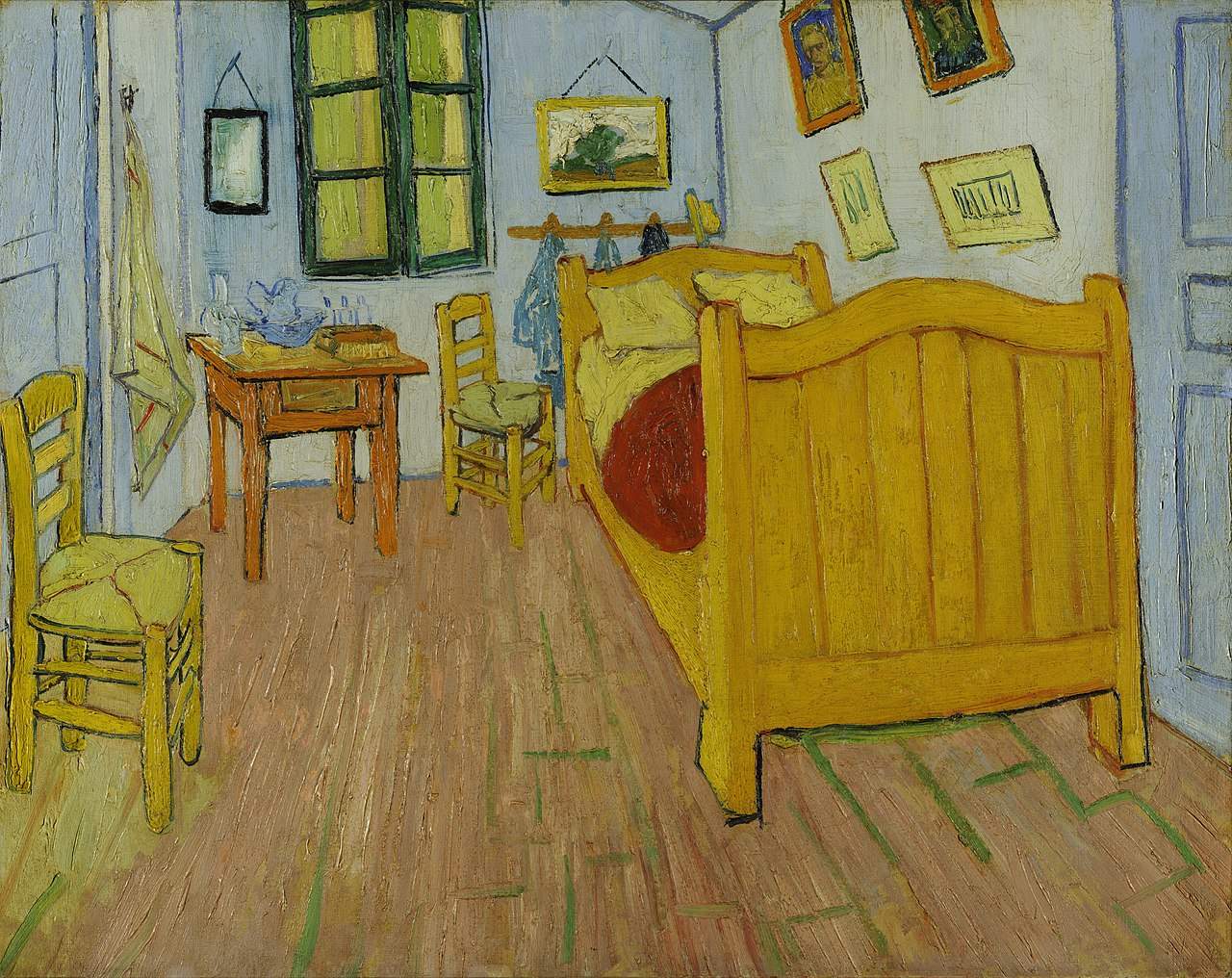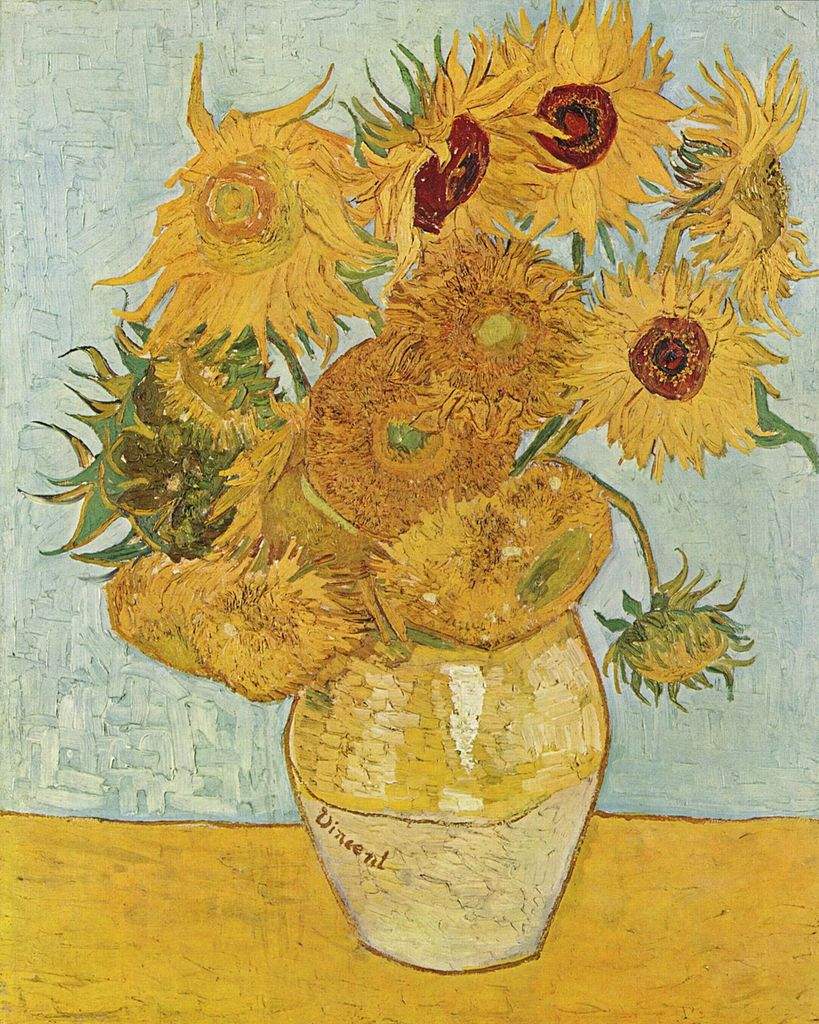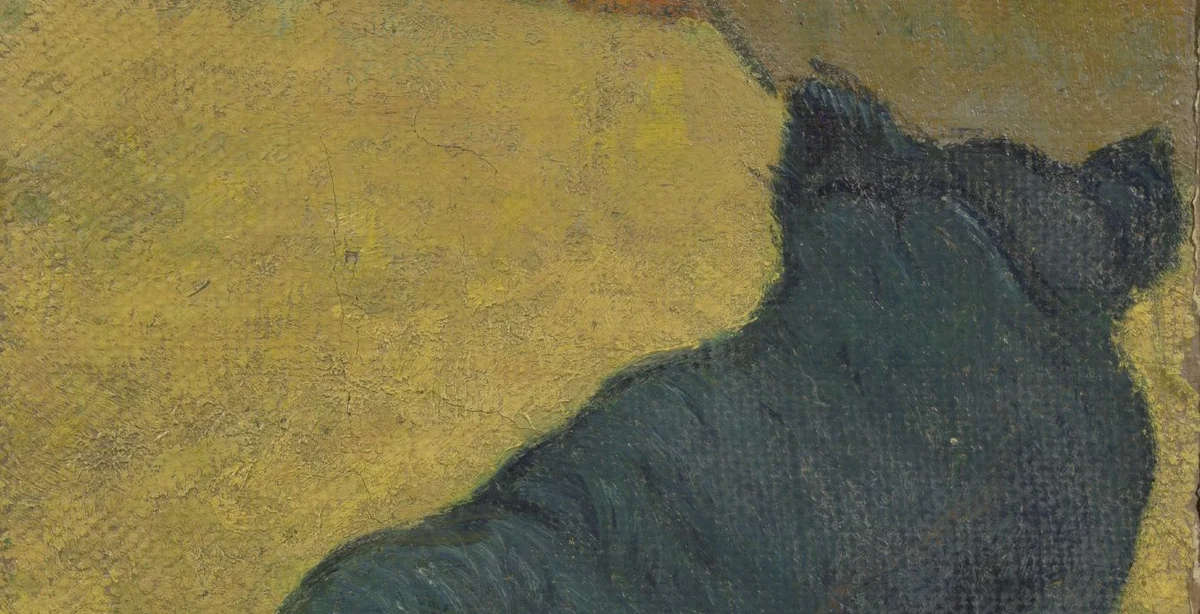A black kitten is a special guest at the Van Gogh Museum in Amsterdam. We’re not talking about a cat in the flesh, however, but a painted feline: at the institution that preserves the world’s largest nucleus of works by Vincent van Gogh (Zundet, 1853 - Auvers-sur-Oise, 1890) comes in fact the Kitten, a work created by Paul Gauguin (Paris, 1848 - Hiva Oa, 1903) during the period when he and Van Gogh collaborated in Arles. The work, currently held in a private collection, was last exhibited in 1906, and this is the first time it will be shown together with the paintings Vincent van Gogh and Paul Gauguin made during the same period of intense artistic exchange. The Van Gogh Museum plans to conduct extensive research on the work while it is on loan.

The work’s history dates back to the period when the two artists were in Provence. On October 23, 1888, Gauguin joined Van Gogh in Arles, southern France, and the two painters spent the next nine weeks together in the “Yellow House,” where Van Gogh had his studio and where he dreamed of founding a new community of artists. He had high expectations from his time with Gauguin, and indeed both of them produced a large number of artworks in Arles, discussing deeply the future of modern painting. This intense period of interaction strongly influenced the development of both artists. Gauguin left Arles shortly after Van Gogh cut off his ear following a heated argument with his partner on December 23, 1888, abruptly ending their time together.
The two artists were impressed by each other’s work. Gauguin admired Van Gogh’s still lifes; the Dutch artist worked on a version of his famous Sunflowers during Gauguin’s stay. Gauguin himself also began working on a still life in which yellow was the dominant color. In a letter to his brother Theo, Van Gogh wrote that Gauguin was working on “a large still life with an orange gourd, some apples and white linen on a yellow background and foreground.” No painting is known that exactly matches Van Gogh’s description, although it probably appears in a portrait Van Gogh made of Gauguin: a canvas, with a yellow background and spherical shape, can be seen to the right of the painting.



The Kitten dates from this season and is related to this very “large still life with an orange gourd.” The work was probably cut from what was originally a much larger canvas, namely the very still life mentioned by Van Gogh in his letter. This would explain the unusual size and quite unusual composition of this painting. The defined areas of color and the absence of depth are typical of Gauguin’s painting style. Surprisingly, Gauguin incorporated the little cat into many works he produced at different periods of his life. The Little Cat in question is painted on burlap, as are many other works made by the two artists at the Yellow House. In Arles, in fact, Gauguin bought a large roll of this unusual but cheap and commonplace material.
Later, the Kitten was purchased by avant-garde art collector Gustave Fayet (Béziers, 1865 - Carcassonne, 1925). In addition to his preeminent collection of works by Gauguin, Fayet was also one of the earliest collectors of Van Gogh’s work, acquiring eleven paintings in total, including several from the Arles period. The Van Gogh Museum will conduct extensive art historical and technical research to reveal the story behind the painting.
 |
| A cat enters the Van Gogh Museum: it's Paul Gauguin's kitten |
Warning: the translation into English of the original Italian article was created using automatic tools. We undertake to review all articles, but we do not guarantee the total absence of inaccuracies in the translation due to the program. You can find the original by clicking on the ITA button. If you find any mistake,please contact us.